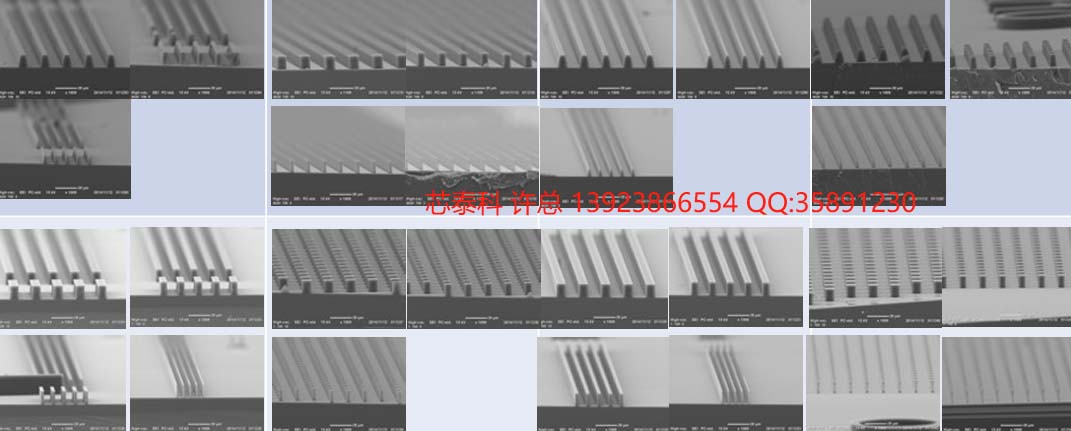Description
? Negative Resist NR71-1000P is a negative tone photoresist designed for 365 nm
wavelength exposure, using tools such as wafer steppers, scanning projection aligners,
proximity printers contact printers.
? These are the advantages of NR71-1000P over other resists: - superior resolution capability of less than 0.5 μm - fast develop time - fast photospeed - superior temperature resistance of up to 180°C - superior ivity in RIE process - elimination of a need for application of adhesion promoters such as HMDS - shelf life exceeding 3 years at room temperature storage.
? The formulation processing of NR71-1000P were designed with regard to occupational
environmental safety. The principal solvent in NR71-1000P is gamma butyrolactone
development of NR71-1000P is accomplished in a basic water solution.
Properties
? Solids content (%) 19-23
? Principal solvent gamma butyrolactone
? Appearance light yellow
liquid
? Coating characteristic very uniform,
striation free
? Film thickness after 150°C hotplate bake for 60 s (nm)
Coating spin speed, 40 s spin (rpm):
800 1900-2100
2000 1170-1290
3000 950-1050
4000 817-903
5000 712-788
? Sensitivity at 365 nm exposure wavelength (mJ/cm2 for 1 μm thick film) 21
? Guaranteed shelf life at 25°C storage (years) 3
Processing
1. Application of resist by spin coating at ed spin speed for 40 s.
2. 150°C hotplate bake for 60 s; 165°C hotplate bake for 240 s (softbake)
3. Resist exposure with a tool emitting 365 nm wavelength.
4. 100°C hotplate bake for 60 s; 110°C hotplate bake for 240 s (post-exposure bake)
5. Resist development in Resist Developer RD6 by spray or immersion.
Development time for 1 μm thick film, for example, is 10 s.
To increase development time to 50 s combine RD6/water 3:1.
6. Resist rinse in deionized water until water resistivity reaches prescribed limit.
7. Drying of resist.
8. Removal of resist in Resist Remover RR41.
For good conductors of heat such as Si, GaAs, InP, etc.
For 1 mm thick glass substrate.
Hling Precautions
Negative Resist NR71-1000P is a combustible liquid. Hle it with care. Keep it away
heat, sparks flames. Use adequate ventilation. It may be harmful if it is swallowed or
touched. Avoid contact with liquid, vapor or spray mist. Wear chemical goggles, rubber gloves
protective coating.

